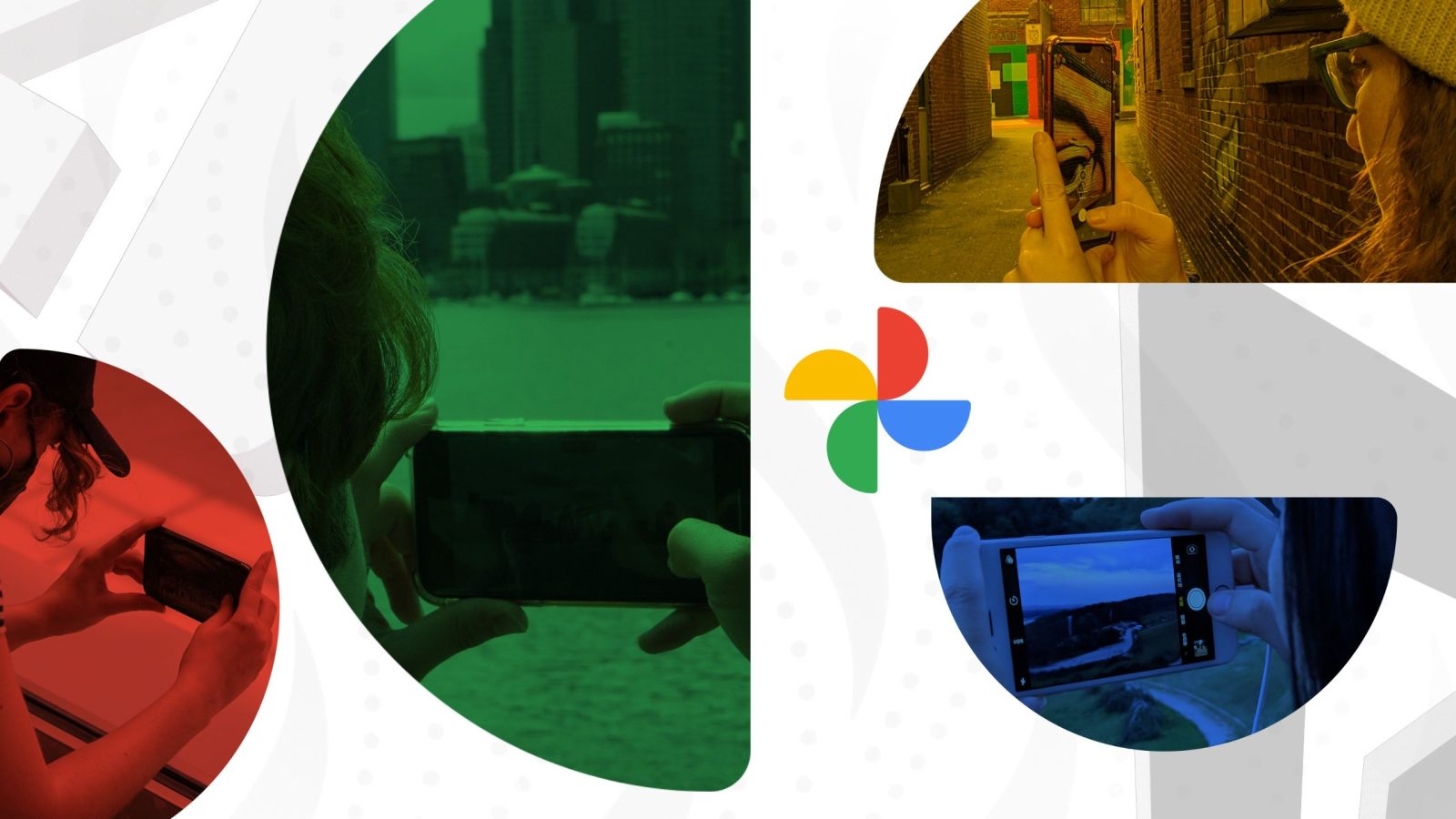
Contents
Ten years ago today, at its annual I/O conference, Google had a lot to say about Android. Back in its 2015 keynote, Google detailed Android 6.0 Marshmallow, offline features for the Maps app, Google Pay predecessor (and Google Wallet replacement) Android Pay, updates to its Cardboard VR platform, and more — a stark difference from this year’s keynote address, which was overwhelmingly about AI features average users likely won’t touch.
The biggest announcement at I/O ’15 was for Google Photos, a new cloud storage photo platform and accompanying mobile apps. All these years later, Photos still represents Google at its best — and it’s the Google product I’d keep if I could only choose one.
2015: How it started

When Google Photos hit the web a decade ago, the service already had the hallmark features I still appreciate about it today. Ever since it launched, Photos has automatically uploaded photos from your camera roll as you take them, backing up images that span years and devices in a central location. Apple offered similar functionality in iCloud Photos before Google Photos hit the scene, but Google’s solution was more feature-rich (and critically, available on Android).
Even in 2015, Photos could identify people in images, automatically grouping all your pictures of each person into handy albums. It could also make out some basic non-human elements in photos, allowing you to search your library for images of sunsets, or dogs, or beaches. If your photos had location data attached, you could search by place, too, which allowed for the possibility of complex (for the time) search queries, like “concerts in Chicago.”

Photos’ sharing features — still one of the service’s biggest selling points — were strong right out of the gate. The app lets you share live, collaborative albums with other Google Photos users, and even has options to automatically add certain photos to those albums. Parents, for example, can share a single album that populates with pictures of their kid taken on either’s phone over time, without any manual sharing required. Even without kids, my partner and I use these sharing features all the time.
At launch, Google Photos was an unbelievable bargain. Initially, Google offered unlimited free Photos storage for photos and videos uploaded in “high quality” — 16 MP for stills, 1080p for video. Full-quality uploads typically counted against your Google account storage, but Google allowed for free, full-quality backups uploaded from the first few generations of Pixel phones.
2025: How it’s going

Google Photos has evolved since those early days, and not entirely for the better. That free storage Google lured in early adopters with is long gone: starting with Pixel 3a, Google stopped offering free full-size uploads for Pixel users. Since June of 2021, all newly uploaded photos count against your Google account storage, regardless of your quality settings or which device you’re using.
Still, Photos’ core functionality — camera roll backup, seamless sharing, automatic face grouping — is as compelling as ever, and a few new features have improved the experience over the years.

Photos now features a Locked Folder for storing private images out of view of your main timeline, secured with your device lock or Google account password. Google’s AI-first approach has improved Photos search, too, with the Gemini-powered Ask Photos. Ask Photos tries to answer questions using your photo library (“what’s my license plate number” will surface photos of license plates, for example), but it also lets you describe specific images in detail to call them up. With a Photos library that spans a decade, the ability to search something like “my dog next to a bonfire in the woods sometime between 2018 and 2021” to find that one shot you vaguely remember is a huge usability improvement.
For its 10th birthday, Google’s announced a couple more new Photos improvements. The app is getting a redesigned photo editor on Android next month, plus the ability to easily share albums using QR codes. The company has also teased that Photos is getting a Material 3 Expressive-flavored overhaul in the near future; I’ll certainly be on the lookout for that.

Related
I’d switch to Yahoo Search before I ditched Google Photos

I’ve been using Google Photos since the beginning. I’ve got tens of thousands of photos and dozens of curated albums in Google’s ecosystem, spanning the service’s decade-long lifespan and beyond — I’ve even uploaded old family photos for the sake of keeping all my pics in one place. I use it to share photos with my family and to organize personal photo projects. For me, Photos is the quintessential Google service. I’d sooner buy an iPhone or switch to Yahoo Search than try to migrate my cloud photo library away from Photos. (Ditching Google Search is looking increasingly appealing anyway.)
In Google’s ongoing Gemini Era, Photos is a reminder of what I used to love so much about the company: an easy-to-understand service with a clear value proposition for regular users, announced with fanfare at the company’s annual I/O conference. In the face of Google’s habit of canning well-liked products, it feels like a minor miracle that Photos has made it a full decade. Considering the service now hosts more than nine trillion photos and videos, it seems plausible it could stick around another decade or longer. Here’s hoping — at this point, I really don’t want to have to migrate all my pictures.
What’s your reaction?
Love0
Sad0
Happy0
Sleepy0
Angry0
Dead0
Wink0


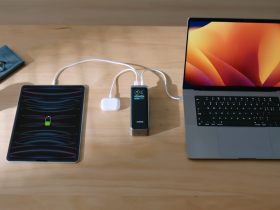
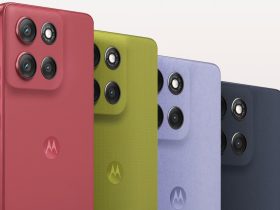
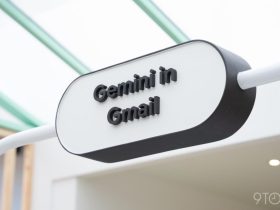

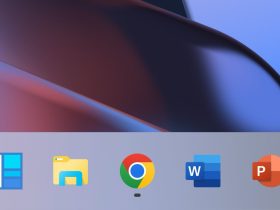




Leave a Reply
View Comments